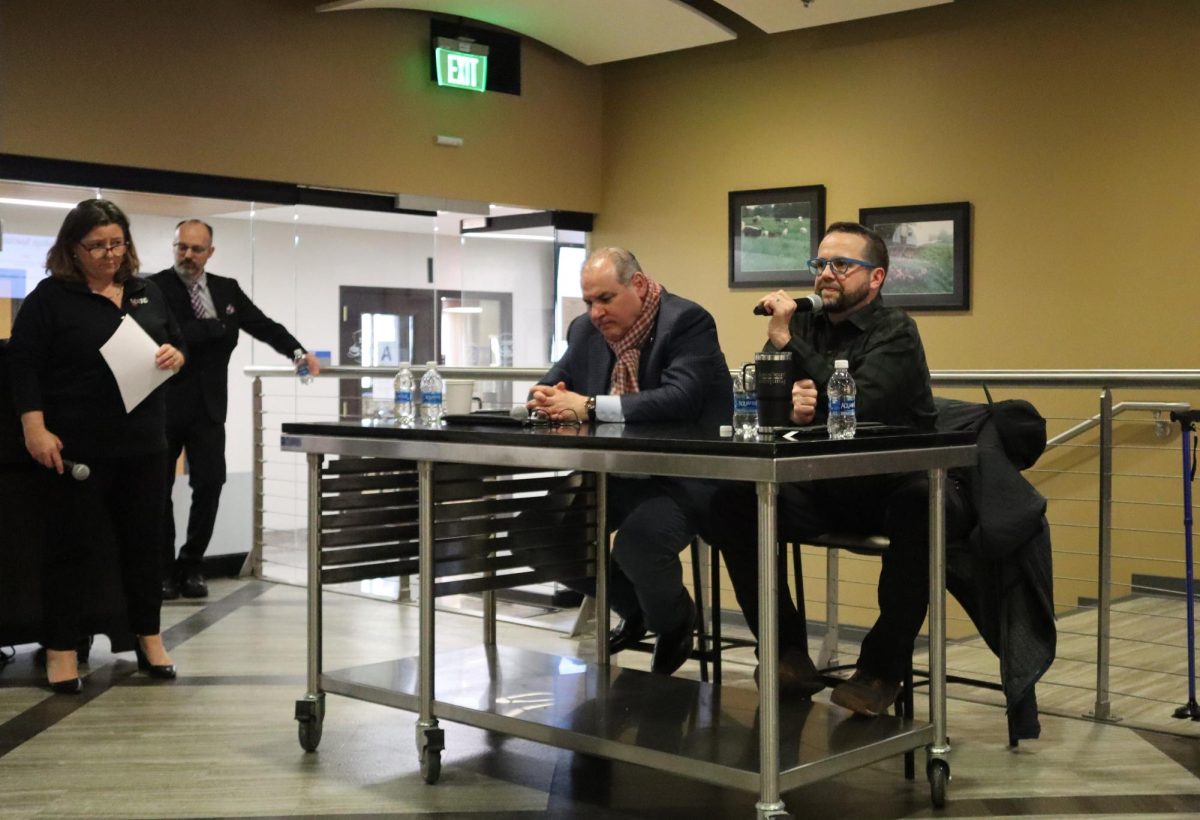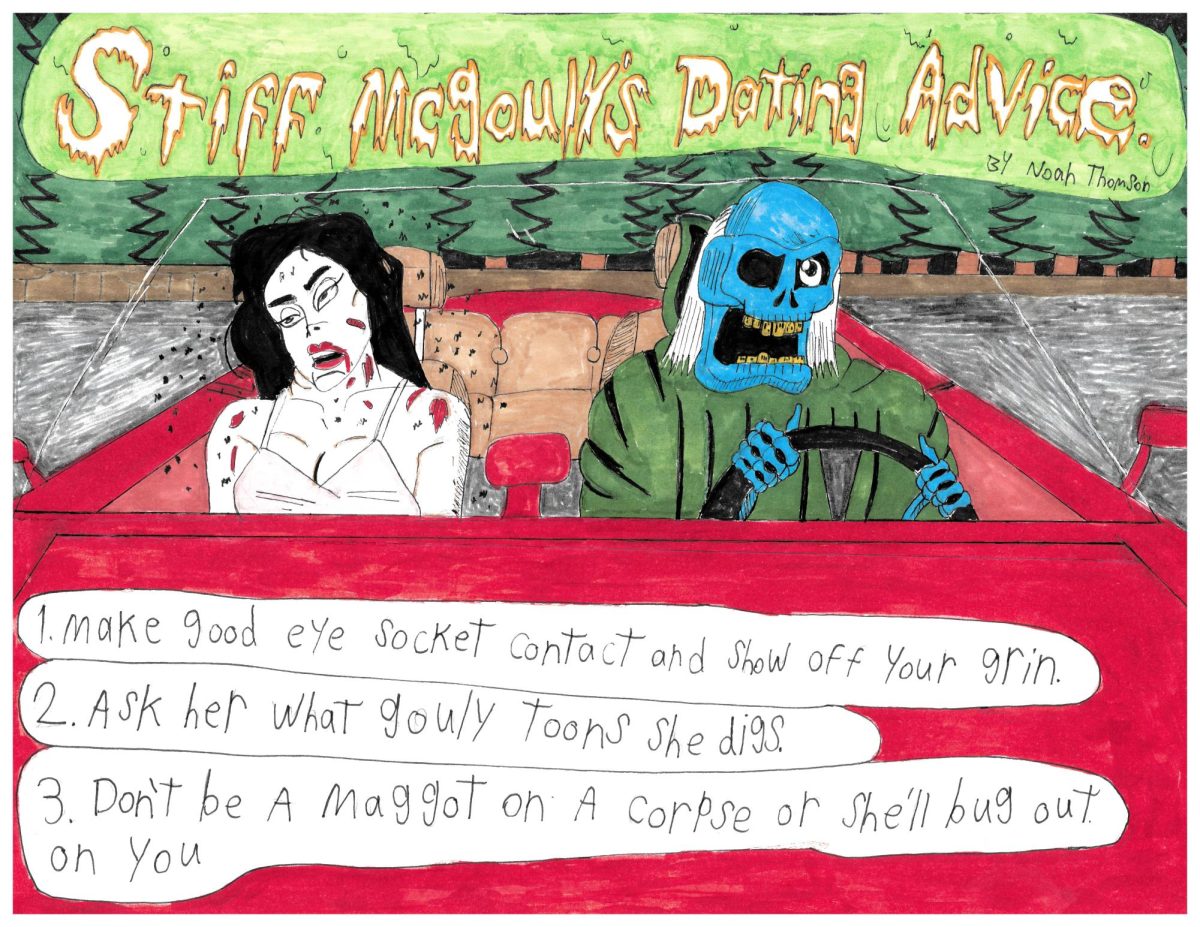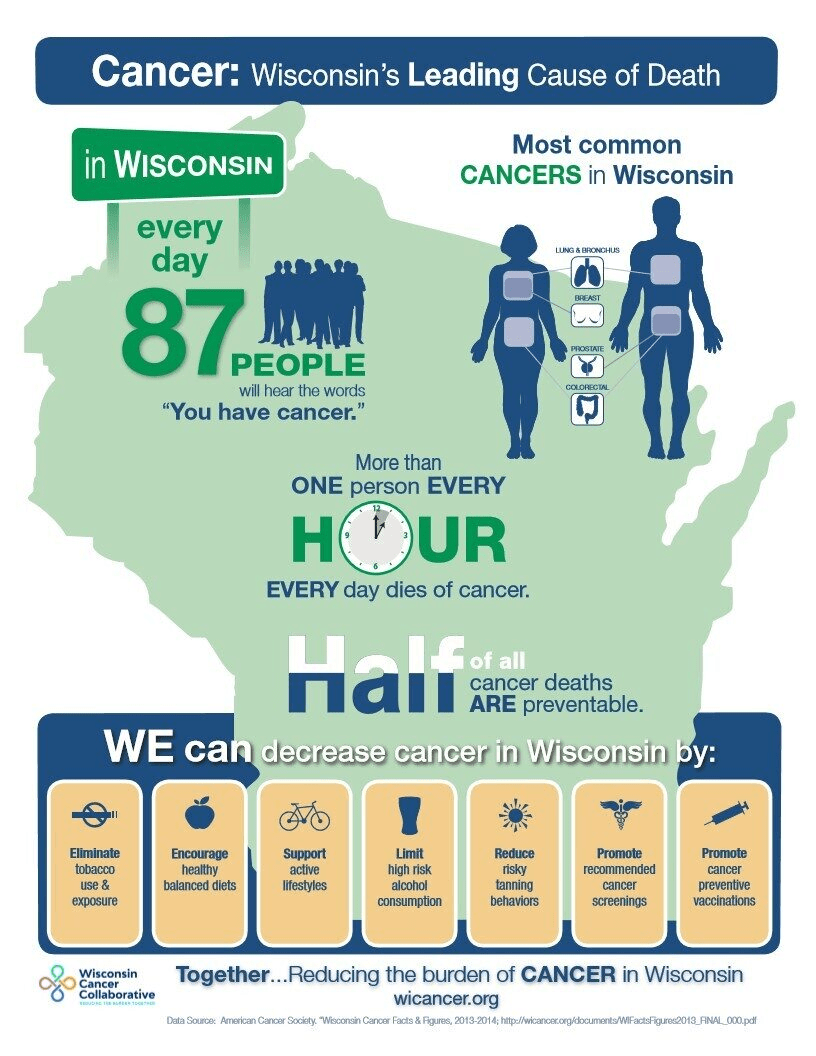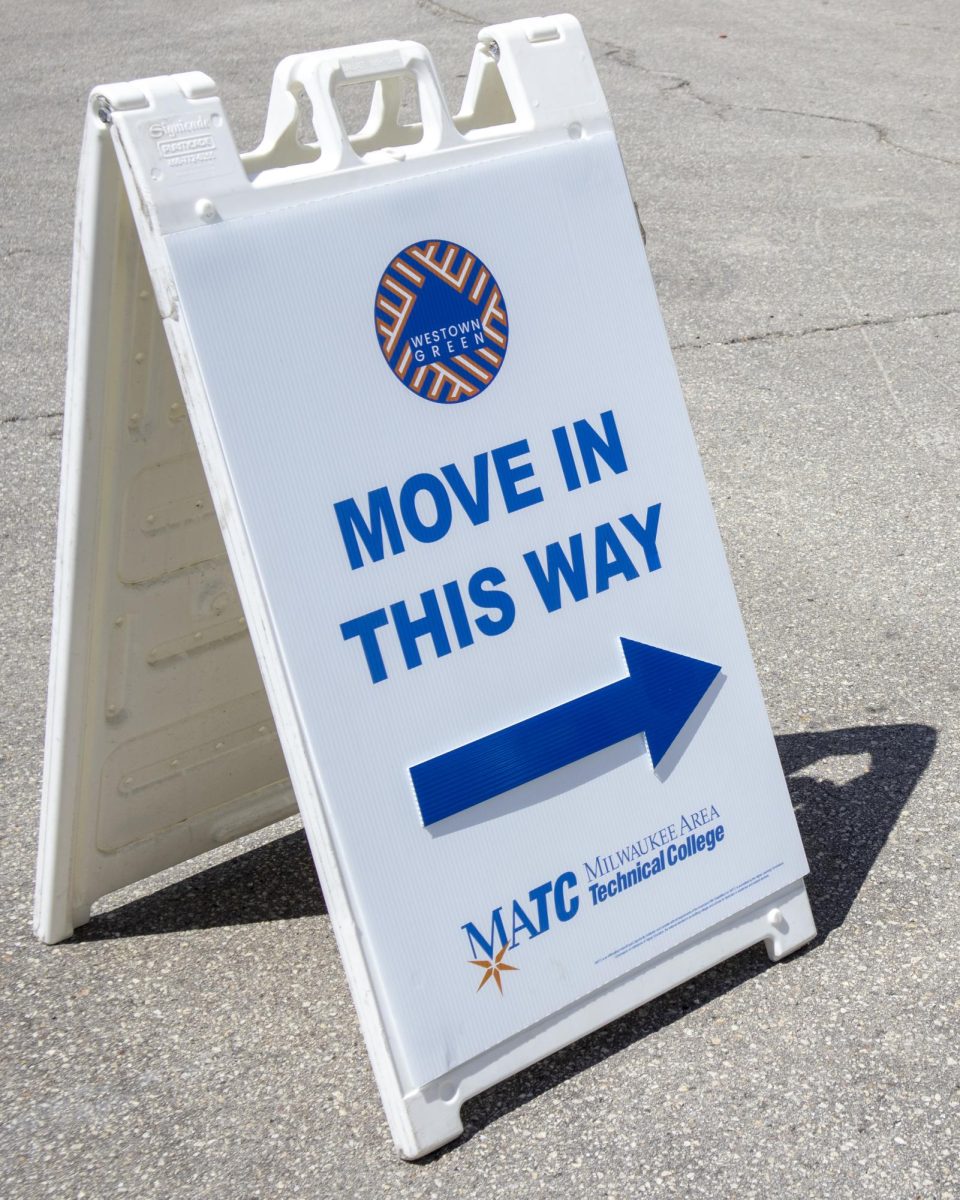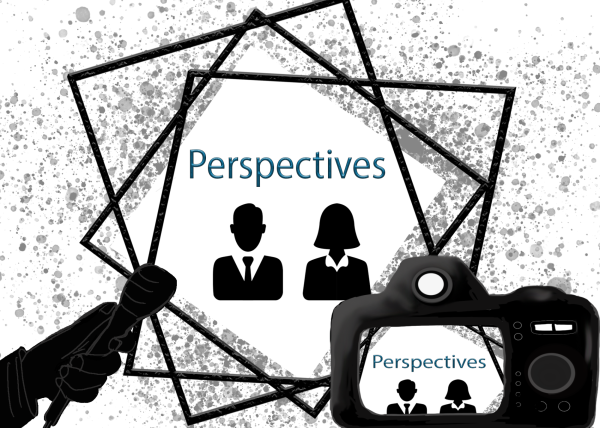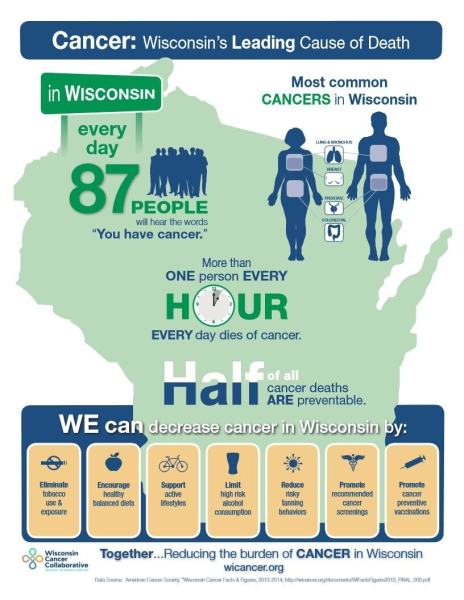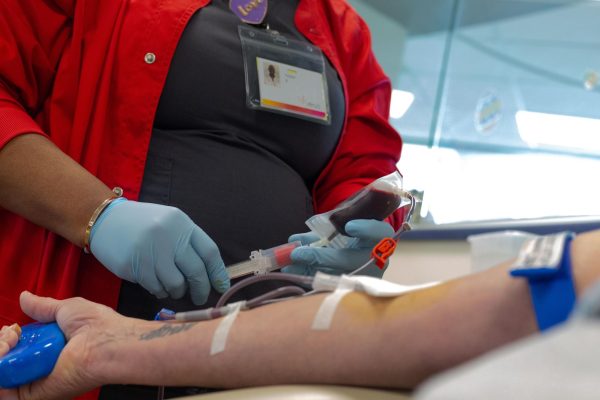Ebola: An iceberg of media attention
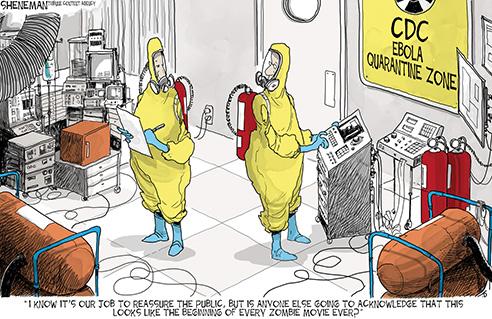
Photo by MCT
Ebola, also known as Ebola Virus Disease or Hemorrhagic Fever, is about as pleasant of a disease as it sounds. The onset of symptoms may be experienced anywhere between two and 21 days of infection and the illness itself may last roughly 10 days. The cause of death varies – the usual culprits being starvation, dehydration or internal bleeding.
Until the CDC confirmed the first case of Ebola in the United States on Sept. 30, the media had been all but silent in the issue since an experimental treatment known as ZMapp had been developed early in August, when two American medical missionaries who had contracted the virus were flown in from West Africa.
Despite the severity of this illness and the scope of the growing outbreak, Americans seem generally unconcerned. It’s almost as though the United States is sending the message to the world: one of our sick is more important to us than thousands of your dead and dying.
The Center for Disease Control estimates that the number of Ebola cases doubles approximately every 20 to 30 days in affected areas. CDC authorities also estimate that by January, the number of cases worldwide could reach half a million or more. With a fatality rate that the World Health Organization has calculated to be approximately 70 percent, it’s a little unsettling to note that the first mass Ebola epidemic in recorded history gets less media coverage in the U.S. than the latest White House fence-jumper, who in global terms, poses absolutely no threat to anybody.
As fearsome as this emerging disease may seem, Ebola is just the tip of the iceberg; a large number of more common contagions kill far more people. According to WHO estimations, malaria causes over a million deaths and affects an additional 300 million people; tuberculosis kills just over a million people each year, while an additional 8 million cases are reported; and cholera, a bacterial disease in many ways similar to Ebola, causes roughly 200,000 deaths with an estimated 1 to 2 million cases reported annually.
You may now be thinking that the U.S. is justified in overlooking the Ebola issue given the prevalence of these other diseases – but you would be wrong. Malaria, tuberculosis, cholera and other deadly diseases have long been well-known in the medical community. There are effective cures and treatments for each of them; but because Ebola is such a new disease, very little is known about it, there is at present no cure, no vaccine and treatment options are limited. Thus, it has an average fatality rate nearly twice as high as even the deadliest of any of the other common killers.
Before you start searching Google for an affordable hazmat suit, let’s realistically assess the threat Ebola poses to the U.S. Its spread in West African regions has been spurred by optimal conditions for transmission and fatality.
Nearly every treatment center in affected areas is overrun with patients they don’t have the capacity to care for, while staff with no experience dealing with Ebola are left to care for them. Many Ebola sufferers are left to lie in the streets, their loved ones unable or unwilling to care for them for fear of contracting it themselves.
Additional factors such as a lack of sanitary food and water compound matters. Due to a higher standard of living and a more advanced health care system, this would likely not be the case in the U.S. Even a minor outbreak would more than likely be handled expediently and adequately, quashing the possibility of its spread in the United States.
This does not exempt us from paying attention to the devastation wrought by Ebola elsewhere, however. It may be unlikely to affect our health, but in an increasingly globalized world, we can’t afford to think only of ourselves. The spread of Ebola has shut down schools and local commerce in regions already threatened economically from years of civil war, inflating the prices of goods in those regions drastically. If the disease were to spread even further, it could, as former prime minister of the United Kingdom Tony Blair claims, “be the greatest humanitarian disaster in a generation.”
Americans need to think less ego-centrically about world issues and look beyond how they affect just the United States – because truthfully, America depends on the well-being of the rest of the world as much or more than it depends on us.
The current state of the Ebola outbreak is just the tip of the iceberg. If a vast global effort to contain the disease is not made before its spread reaches millions, the world will be hearing much more of Ebola’s devastation in the future.
We, as participants in a global system, have a golden opportunity that is the first of its kind: We can help contain the spread of this deadly disease early on, so that its destructive potential never reaches that of malaria, tuberculosis, AIDS, cholera, dysentery or any of the other major contagious diseases that have devastated vulnerable populations and reached a scale that is now beyond containment.
This is what history looks like in the making; what part will Americans play in this chapter? Will we help to tip the scales in a positive direction, or will we continue to pretend the scales don’t exist as long as we aren’t directly affected?
As with all things, time will tell.


















